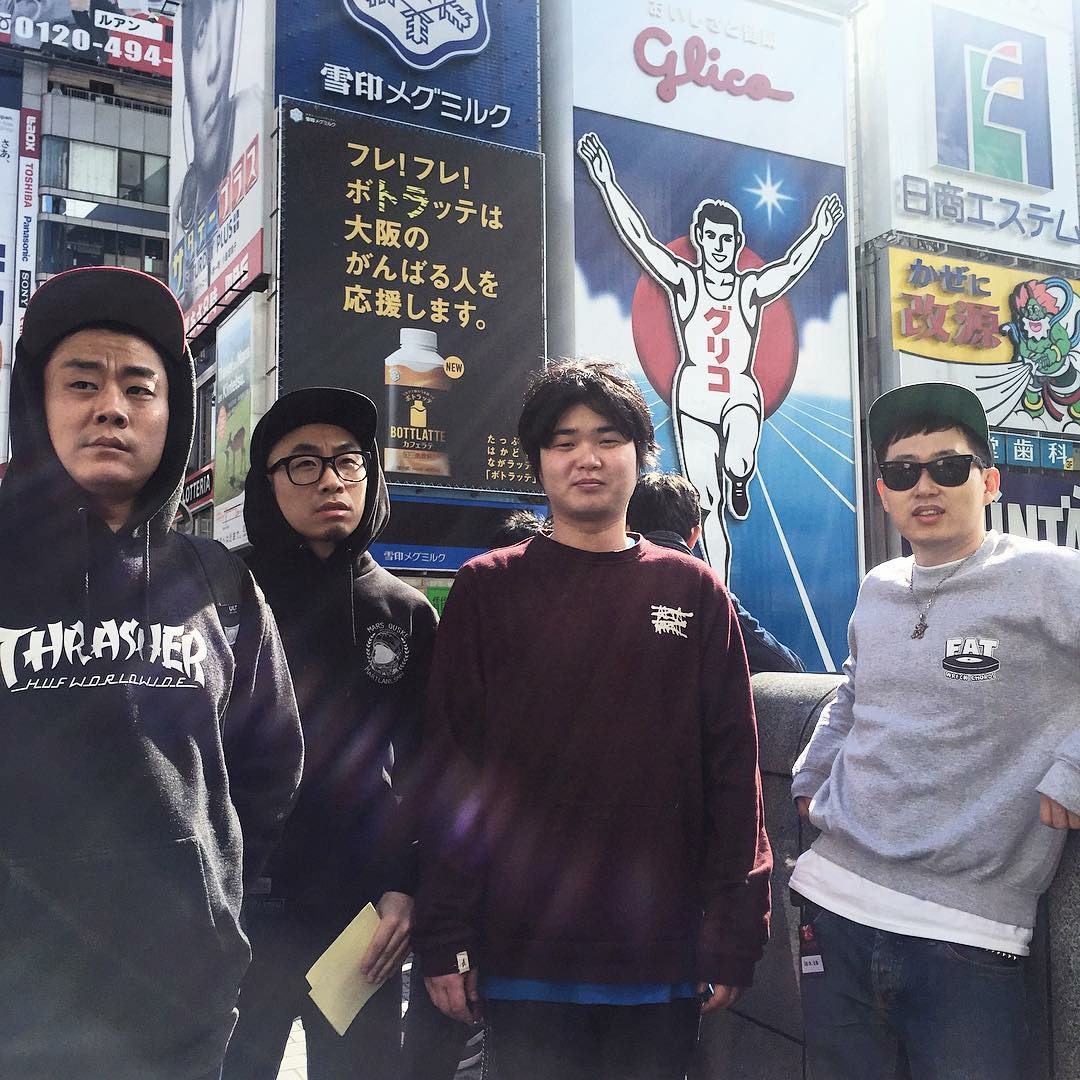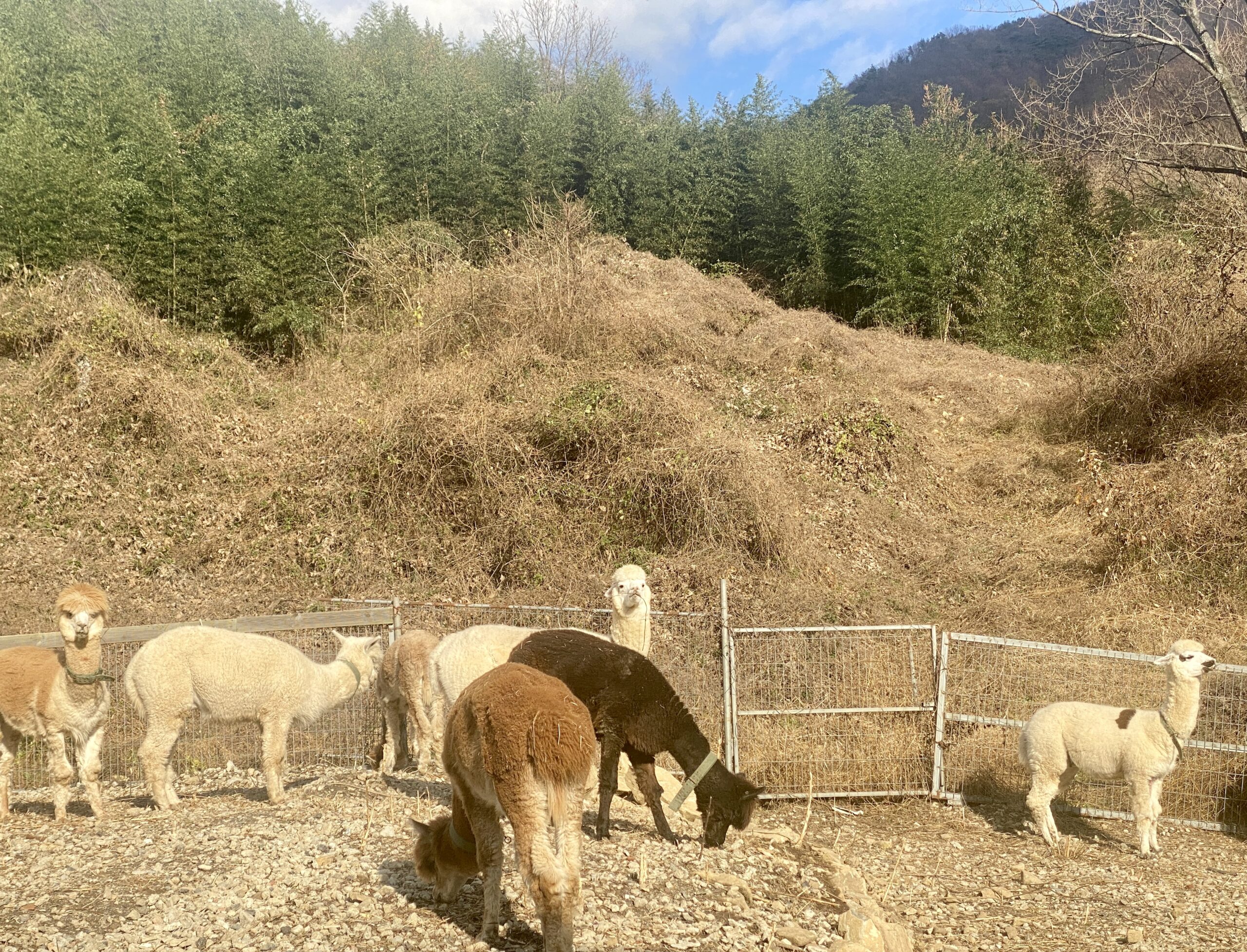Birds of Korea
Perhaps because I migrated to Korea from another continent, people often ask if I feel homesick. I do not. There is too much here that is both instantly familiar and also worth deeper study to allow much sense of distance or longing. Indeed, the further I have traveled, the smaller the differences between people and places became. It might be because of a lifelong fascination with wildlife (especially birds), but the smiles on peoples’ faces, the curves and shades of the landscapes, the more-or-less predictable rhythm of the seasons and the sounds and sights of certain birds and insects all help make every place feel like home.
Indeed, with hundreds of species nationwide, almost anyone can discover a similar sense of connection and wonder through birds – wherever they might be. Take the humble sparrow, for example. As a kid, I used to watch dull-colored House Sparrows hop and shuffle as they bickered over discarded scraps and seed-heads. Here and across much of Asia, they are replaced by the only slightly more dapper, dark-cheeked Tree Sparrows. I knew Magpies from my childhood too – large, black, white and inquisitive — they were the central character in a children’s song about when you see one, you will feel sorrow. If you see two, you will then find joy.
And here in Korea too, Magpies are familiar to all, subtly different from those outside East Asia but still round-bodied, pied-plumaged, with a long dark tail revealed as blue and green, dependent on angle and light. Here too, as elsewhere, the Magpie is gifted with special meanings for people, as a bringer of luck and good news.
Other species help mark changing seasons across continents. The saying “One Swallow does not make a Summer” encouraged me to spend hours each spring looking for the first Barn Swallows to bring summer back with them from their African wintering grounds. And here in Korea, the raw chill of winter is followed soon after in late March by the arrival of Barn Swallows, gracefully plucking early-hatching insects from the air. Small enough to fit in the palm of a person’s hand, some of these Barn Swallows migrate here every year all the way from Southeast Asia and perhaps even northern Australia. Others will continue their journey farther still, to build their open cup nests in villages as far north as the edge of the Russian tundra. Amazing!
Birds know no national boundaries. They do not recognise the slight differences between people that often lead our own species towards intolerance, sometimes even to cruelty and war. No, their lives and migrations instead help link distant places and – if we allow – distant people and places together. Today, right now, just look beyond the concrete and glass of the everyday life in Gwangju or elsewhere. Discover a rich diversity of bird life, and feel better connected to a world that is simultaneously more familiar and more expansive than we often recognise.
For more on Korea’s fascinating birdlife, please visit birdskorea.org.




